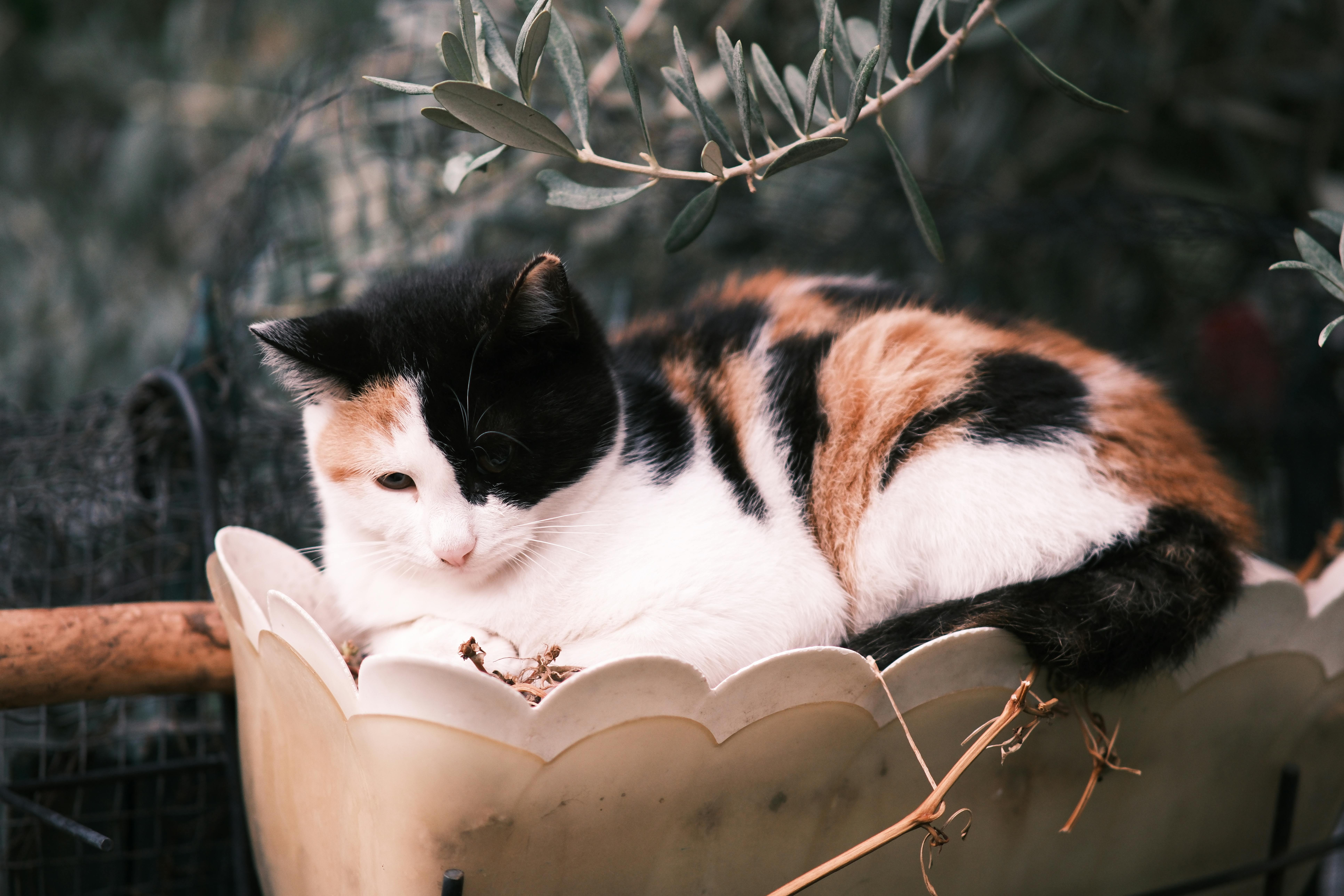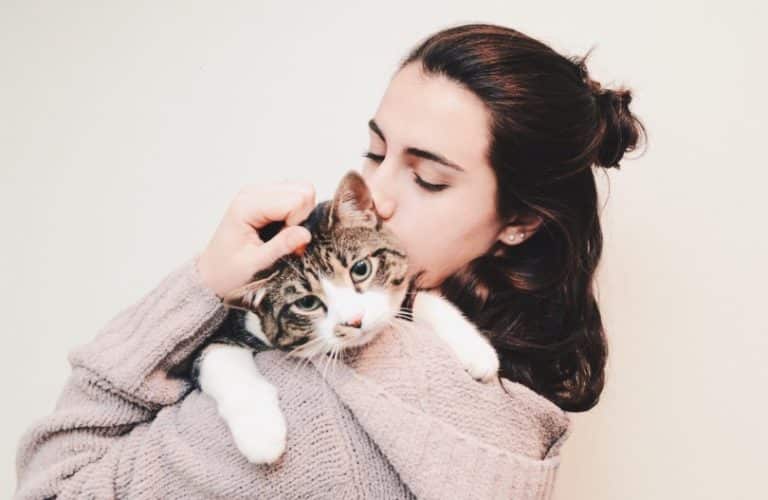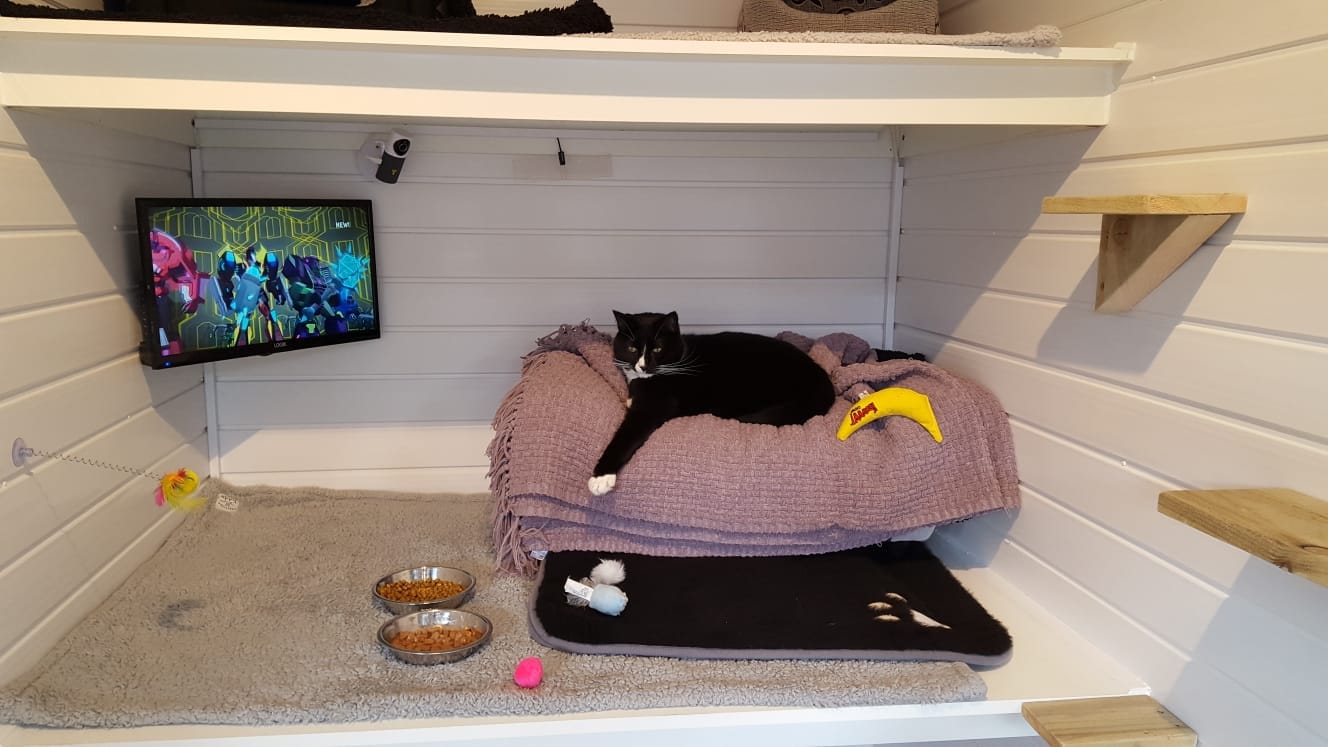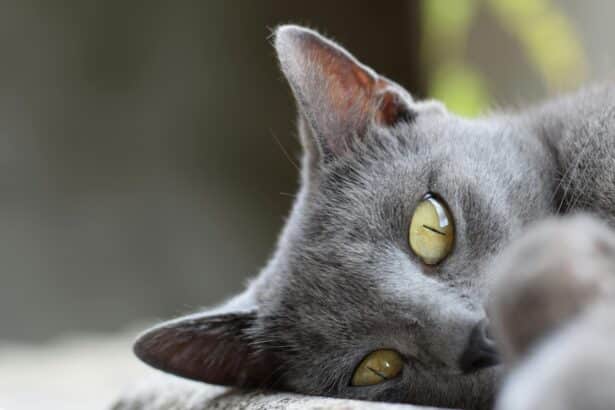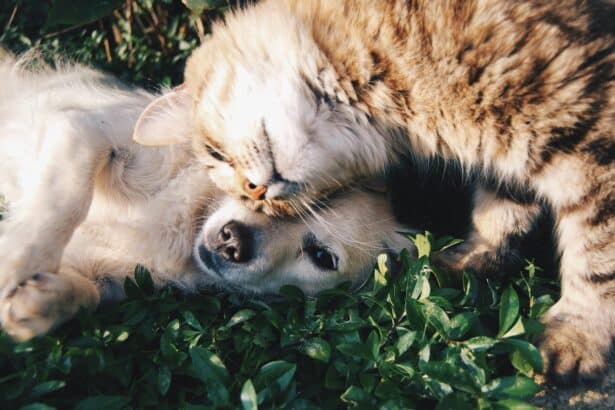Introduction
Have you ever popped open a jar of olives and watched your cat materialize like a tiny gourmand ninja? You’re not alone. Many cats seem mesmerized by olives—and there’s a fascinating reason behind it.
In 2023, a study in the journal Animals observed that some cats showed clear interest in food containing olive extract, likely because certain compounds tickle the same sensory pathways as catnip does. Curious minds can dive into the paper here: https://www.mdpi.com/2813-9372/2/1/13.
So, what’s going on in that adorable little nose? Let’s unravel the olive mystery—with safety tips, fun facts, and a few clever tricks to keep whiskers happy.
Why do cats go wild for olives?
The scent that flips their “catnip switch”
Olives and olive leaves contain odor molecules that appear to activate the same olfactory receptors involved in the famous “catnip response.” To your cat, that scent can feel exciting, comforting, or just irresistibly interesting.
The result? Sniffing, rubbing, rolling, and a sudden burst of play. Think of it as a mini spa moment for the senses—minus the bathrobe.
Want to understand the catnip connection better? Explore why felines adore it here: why cats love catnip.
Euphoria… then blissful calm
Some cats get a short-lived high from the olive aroma, followed by a cozy, relaxed phase. Others simply sniff and move on. Both reactions are normal and usually fade within minutes.
Fun fact: not all cats respond. Sensitivity to catnip-like scents is influenced by heredity, so your kitty might be a super-fan—or a polite sniffer.
Curiosity and enrichment
Cats are natural scent-sleuths. Unusual aromas like olives offer novelty, mental stimulation, and a chance to “hunt” a mysterious smell. That tiny investigative ritual is healthy, enriching, and adorable to watch.
Are olives safe for cats?
Green vs. black: what’s best?
Choose plain, pitted olives only—no stuffing, no spices, no herbs. Green olives tend to smell stronger to cats, while black olives are riper and often gentler in taste. Both are fine in tiny amounts if they’re unsalted and unseasoned.
Common mistake to avoid: serving stuffed or marinated olives (garlic, onion, chiles, or brine). These can be irritating or unsafe for cats due to salt and certain ingredients. For everyday nutrition basics, here’s a helpful guide to what cats should really eat.
How much is okay?
Think “novelty nibble,” not snack. A thin slice (thumbnail size) once in a while is plenty. Many cats are happy just sniffing—no need to offer a bite at all.
Always watch for tummy upset, and skip olives entirely if your cat has a sensitive stomach or is on a special diet.
Possible risks
Remove the pit, always. Olive stones are a choking and obstruction hazard. Even pitted olives can be too salty if not rinsed, so give them a good wash first.
Also avoid seasoned oils and marinades. “Natural” doesn’t mean cat-safe if it’s packed with sodium or spices.
Curious about other scents that fascinate felines? Take a peek at smells cats love for playful enrichment ideas.
How to offer olives safely (if you choose to)
Simple, safe prep
- Rinse thoroughly to remove salt or brine.
- Remove the pit and any stuffing.
- Cut a tiny slice for a test sniff.
Pro tip: Instead of feeding olives, rub a tiny bit of olive flesh on a favorite toy or scratcher, then put the olive away. Your cat gets the “wow” scent without eating extra salt or calories.
Introduce gently
Offer a sniff first. If your cat shows interest, try a pea-sized piece once—and wait. No pressure, no second slice. Many cats are perfectly satisfied by the aroma alone.
Tasty, safer alternatives
Prefer to skip olives? Try catnip, silver vine, or valerian toys for a similar buzz without the sodium concerns. For another quirky scent obsession, here’s why some cats are drawn to the smell of bleach (no contact, just curiosity!).
Understanding your cat’s “odd” tastes
What drives these preferences?
For cats, the world is built on scent. Olives are a novel odor puzzle that engages their brain, relieves boredom, and channels natural behaviors like rubbing and rolling.
Remember: interest doesn’t mean “healthy snack.” It’s enrichment first, food last.
Want to explore more quirky feline reactions? Discover another surprising phenomenon with cats and cucumbers.
Conclusion
Now you know why olives can send your cat into a happy little whirl. Keep portions tiny, stick to plain pitted olives, and focus on scent-based play over eating. Your kitty’s nose will thank you.
And if your cat shrugs and walks away? That’s normal too—her royal highness simply prefers different perfumes today.
FAQ: Why do cats love olives?
Are olives toxic to cats?
Plain olives aren’t considered toxic, but pits, salt, and marinades can be risky. Choose unsalted, pitted olives only—and in tiny amounts.
Why does my cat act euphoric around olives?
Some olive compounds appear to engage the same receptors as catnip-like scents, triggering playful, feel-good behaviors in sensitive cats.
How often can I offer an olive?
Occasionally, and only a very small slice. Many cats enjoy the scent alone without eating any.
What are safer alternatives to olives?
Catnip, silver vine, and valerian toys deliver similar enrichment with fewer dietary concerns.


